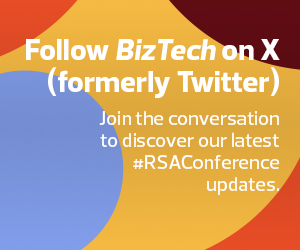Parallels Between Cloud and AI Security
AI “is not just a trend we’re following,” said John Yeoh, global vice president of research for the Cloud Security Alliance. “Our customers are using it. Our staff is using it. And your CEO is presenting it to you now, telling you, ‘We have to do it.’”
When it comes to securing cloud environments, Yeoh said, most professionals today ask questions about network access, data control and management, and configuration, among other things. AI adds new wrinkles to the same questions but doesn’t really change what security professionals need to monitor, he argued: “A lot of the same questions we were asking about cloud 10 or so years ago, we’re going to be asking that for AI.”
RELATED: Why data literacy and data quality are crucial for business success.
For example, authentication is critical in a cloud environment because users seek network access from anywhere. The addition of AI will mean the generation of artificial identities, Yeoh explained. “The machine identities are growing,” he said. “We know access control is important in a cloud environment. In a machine environment, it becomes even more important. For every human you have in your organization, you have 10 or 20 times the machine identities.”
Data control is another critical issue. “We’re going to take a large language model, and we’re going to customize it, train it ourselves and tailor it to specific data in our own environment,” Yeoh said. “And so, data control becomes a crucial aspect of that — what goes in and what goes out.”














